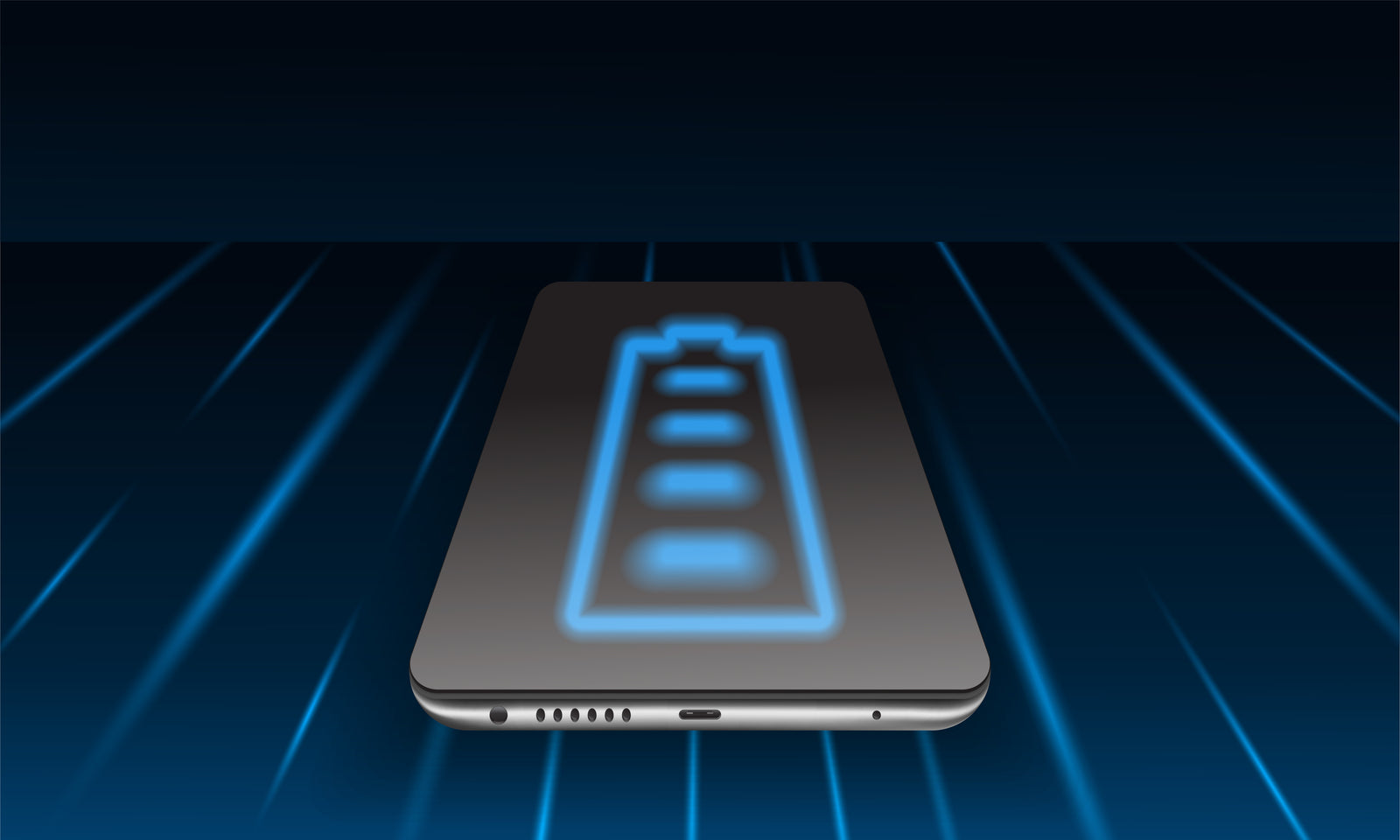
If you’ve been thinking about getting a Qi wireless charger for a while but haven’t quite got around to doing it, you might feel a bit overwhelmed by the sheer number of different chargers available on the market right now. New Qi chargers are released on a monthly basis it seems, and not always by reputable manufacturers.
This is particularly interesting when it comes to Qi chargers that feature penetrative qualities. While most wireless chargers function to acceptable parameters when the delivery is unobstructed,finding a Qi charger with through desk charging capabilities is an entirely different matter.
For starters, you will need to first understand the difference between different types of wireless chargers and how their output capabilities differ from one another. In that regard, output strength is calculated in watts per hour. As you would expect, a higher w/h capacity translates into a faster and more consistent charge.
Before we get into all that, however, let us get a better grasp of the differences between different chargers.
The input varies
While some of you would imagine that most wireless chargers would share an industry standard when it comes to input methods, you couldn’t be farther from the truth.
In reality, different manufacturers operate different input parameters. Not just because of the particular factory settings used for their devices but also because of how they developed the technology over time. As such, we have:
- USB-C Delivery –This is an input that most Android phones employ, an input that remains consistent even after the switch from wired to wireless. You might already be aware that the majority of wired chargers for Android use a USB-C port, so we can understand why most manufacturers would want to maintain that particular standard.
- Micro-USB –A micro-USB input may not be that widespread for wireless chargers, especially not for aqi charger with through desk charging capabilities. This is an input that Qualcomm-specific devices use, one that rarely works with other Qi-ready smart devices, not even with versatile adapters.
Having said that, know that USB-C chargers are slowly getting out of fashion among reputable manufacturers. This is because of the ever-changing nature of wireless chargers and how they must always cater to new industry developments.
The advertised speed isn’t always guaranteed
Because wireless chargers are relatively new, many manufacturers have yet to get a good grasp on the operational technologies that govern these chargers. As such, the actual speed that these chargers can deliver at any given moment can vary substantially from one charger to another.
Remember when we talked about watts per hour and how they determine the charging speed of most chargers out there? Well, you’ll likely notice a lot of chargers advertise a 15W or greater delivery on the packaging, which doesn’t always translate into an actual charge when you measure it.
Some Qi chargers can barely deliver 7.5 Watts for some devices, especially Qi-ready Apple devices and a couple of others. With Apple devices, the limitation is factory-built into most of their devices to facilitate the use of their very own, proprietary wireless chargers that Apple often sells at a premium.
Power delivery is often reflective of the technologies that the charger incorporates, but ever so often, it comes down to how the smartphone’s battery handles the charge.
For a Qi-ready smartphone to effectively recharge through a surface, you’ll have to acquirea Qi charger with through desk charging potential, which often means that it must use a slightly larger pad.
It would also be advised to look for a charger that was specifically designed to work with your particular devices. Now, of course, an off-brand versatile charger can do the job well, but this isn’t always guaranteed with third-party manufacturers. You probably shouldn’t take any risks when buying a wireless charger unless you own a very peculiar phone.
Look for brand-specific chargers
Even though there are a lot of versatile chargers out there that could probably handle most Qi-ready devices, some of them are specifically built to meet the specifications of certain popular devices. For instance, some chargers cater to Samsung’s 10W charging profile, which tends to differ from Apple’s 7.5W profile not just in regards to speed but also in terms of charger temperature.
You see, if you’re pairing your Apple phone with a charger designed specifically for Samsung devices, you might notice that your phone gets unusually hot during the charging process. Although this rarely happens with new phones, earlier Qi-ready devices are notorious for heating up like crazy when charged wirelessly.
If you plan onusing a Qi charger with through desk charging capabilities for all your office charging needs, then you should probably seek out a versatile, multi-device wireless charger.
This device should incorporate EPP technologies for Pixel 4 and 5 phones, an Extended Power Profile for the iPhone 12 series, and a Fast Charge profile for Samsung devices.
Now, you may not find all these technologies packed into a single wireless charger, but 2 out of 3 should do the trick for a budget charger. If not, then you should perhaps opt for a Samsung or Apple charger, but with the knowledge that you’re not gonna use them to charge a Pixel or Huawei device just as efficiently.
You would also do well to understand that not all chargers are created equal in regards to specs, size, shape, and durability. So if you’re using a compact bedside charger for your smartphone, it might not prove just as effective in a working environment where things shift around the table a lot during the day and thus might nudge the phone off the charging pad.
So in a way, it would pay to be mindful of your surroundings before investing in a wireless charger, especially if you’re after a charger that can do its job from underneath the desk or tabletop. Either way, you’ll find that the market has a lot to offer in that regard and that the selection of choices grows larger every month.






